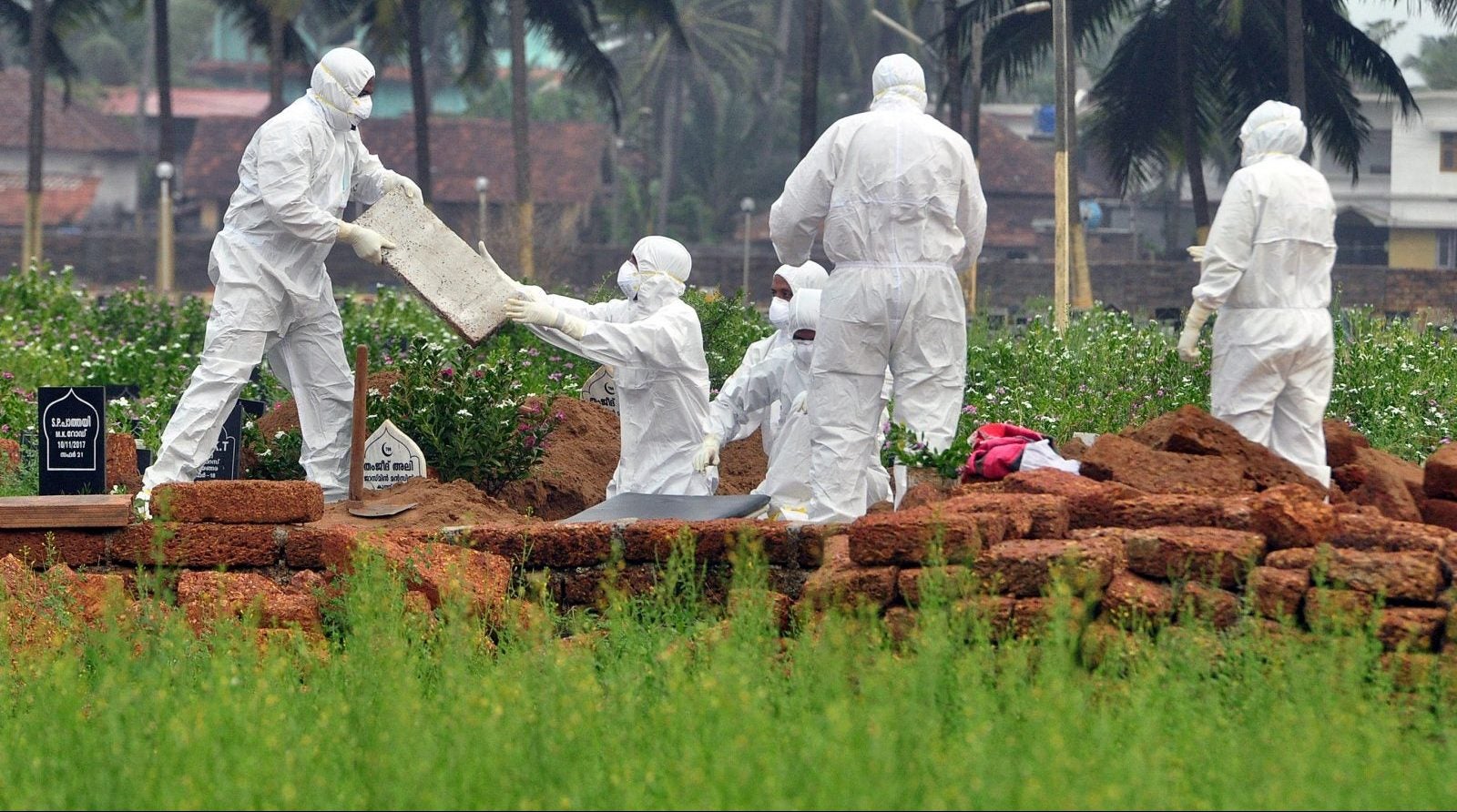A southern Indian state is in the grip of the deadly Nipah virus again
The deadly Nipah virus has resurfaced in the south Indian state of Kerala, nearly a year after it claimed 17 lives.


The deadly Nipah virus has resurfaced in the south Indian state of Kerala, nearly a year after it claimed 17 lives.
A 23-year-old student in Ernakulam district was tested positive for the highly contagious virus on June 4. The state government has put 311 people, whom he had been in contact with, under observation.
Three people who attended to the patient, apart form a fellow student, have complained of fever and sore throat, the symptoms of Nipah. The four have been quarantined as a precautionary measure.
The state government has also put four districts, Thrissur, Kollam, Ernakulam, and Idukki, on high alert as the student had travelled through the region.
The government has advised people to not panic and instead take precautions. It has also set up helpline numbers and alerted hospitals on the need to contain the virus.
All you need to know
Nipah virus is transmitted from animals to humans. Last year it was confirmed that a 26-year old man in Kerala’s Kozhikode district had first contracted it after consuming a fruit partially eaten by a bat.
Fruit bats, common across south Asia, are the natural hosts of the virus and often do not display any symptoms. The virus is released via their saliva, urine, and excreta.
The symptoms typically include fever and muscle ache but can also lead to inflammation of the brain or inflammation of the heart muscles, eventually leading to death. Only two of the 19 people infected in last year’s outbreak in Kerala had recovered.
The Nipah virus was first detected in 1998 in a Malaysian village after which it has been named. That outbreak had claimed 105 lives that year, according to the World Health Organisation (WHO). Here, pigs had contracted the disease first, from where it was transmitted to farmers.
In the past two decades, Nipah related deaths have been recorded every year in southeast Asia. Scientists say people in this region often succumb to this disease because of drinking raw date palm sap tapped directly from trees. Infrared cameras have caught bats licking the sap before they were collected and consumed by locals.
Between 1998 and 2015, over 600 cases have been recorded across the world, according to the WHO.
In the past, India had recorded two outbreaks—in West Bengal’s Siliguri (2001) and Nadia (2007) districts.
There is no vaccine available for the disease and treatment is currently limited only to addressing the symptoms.